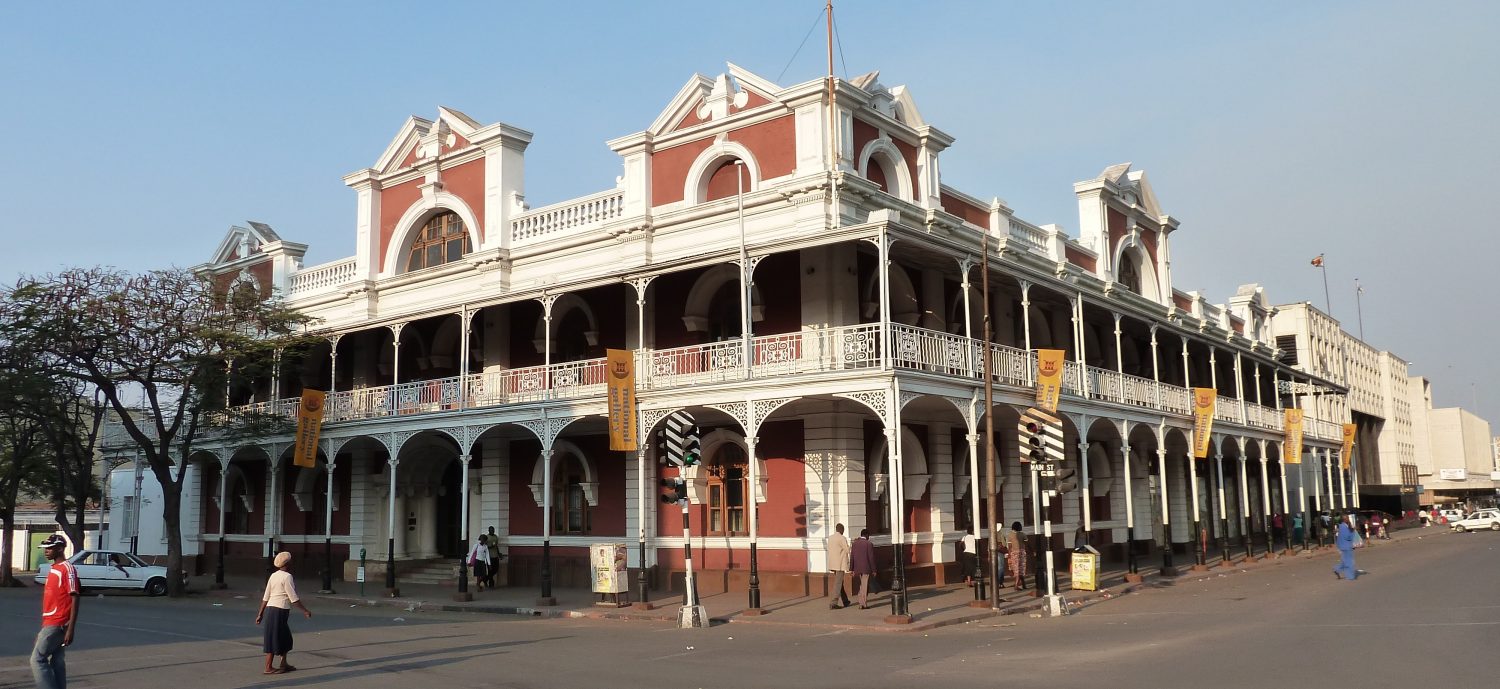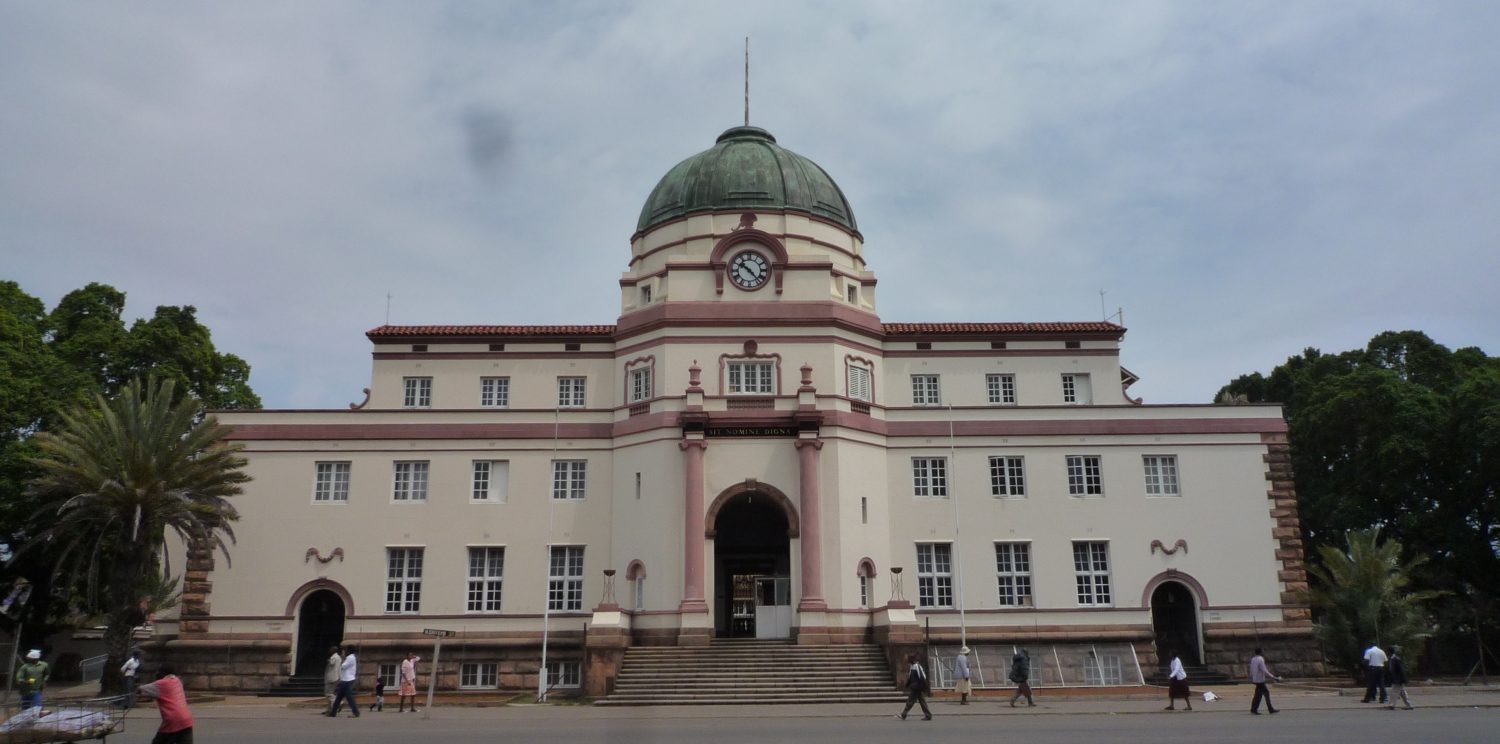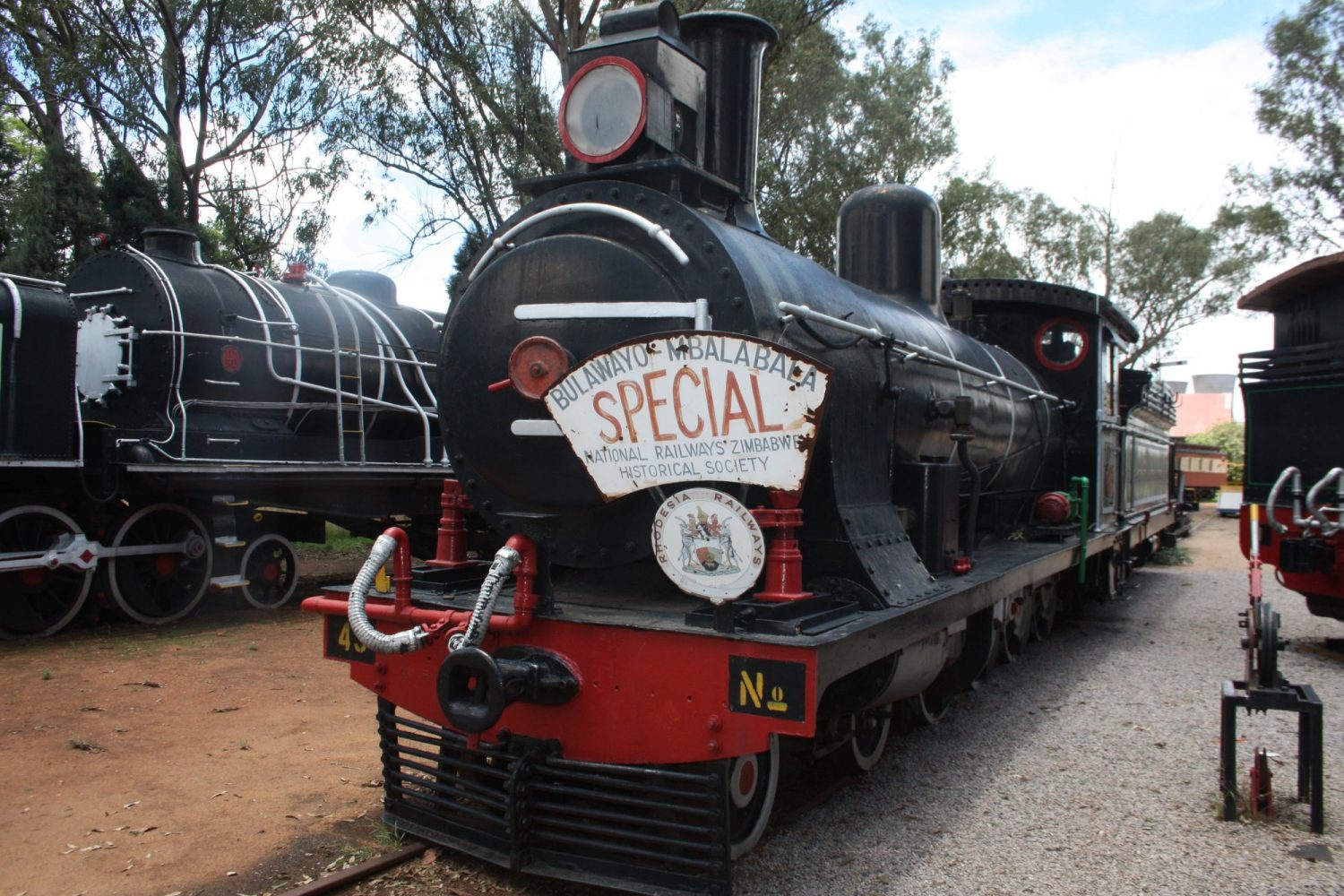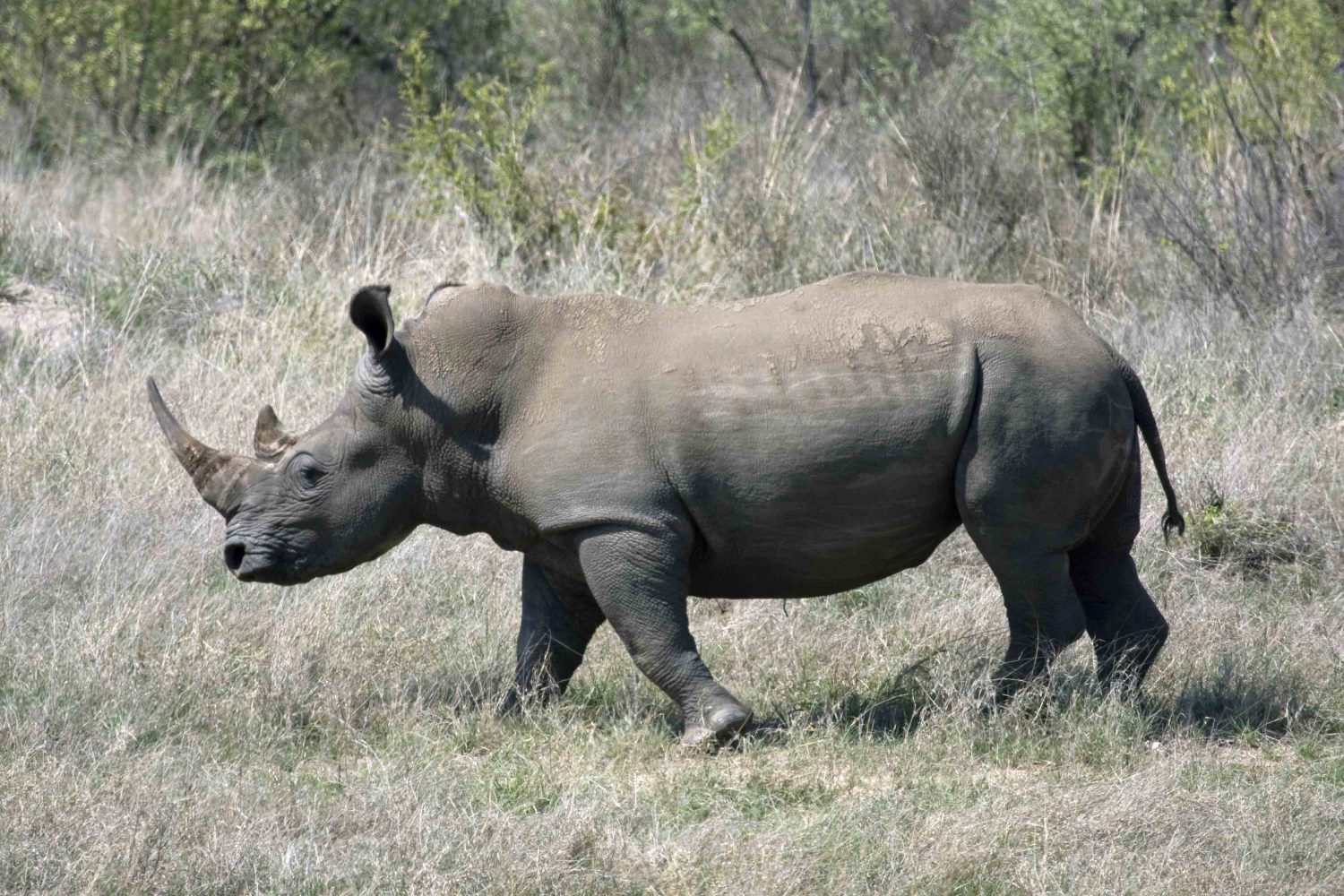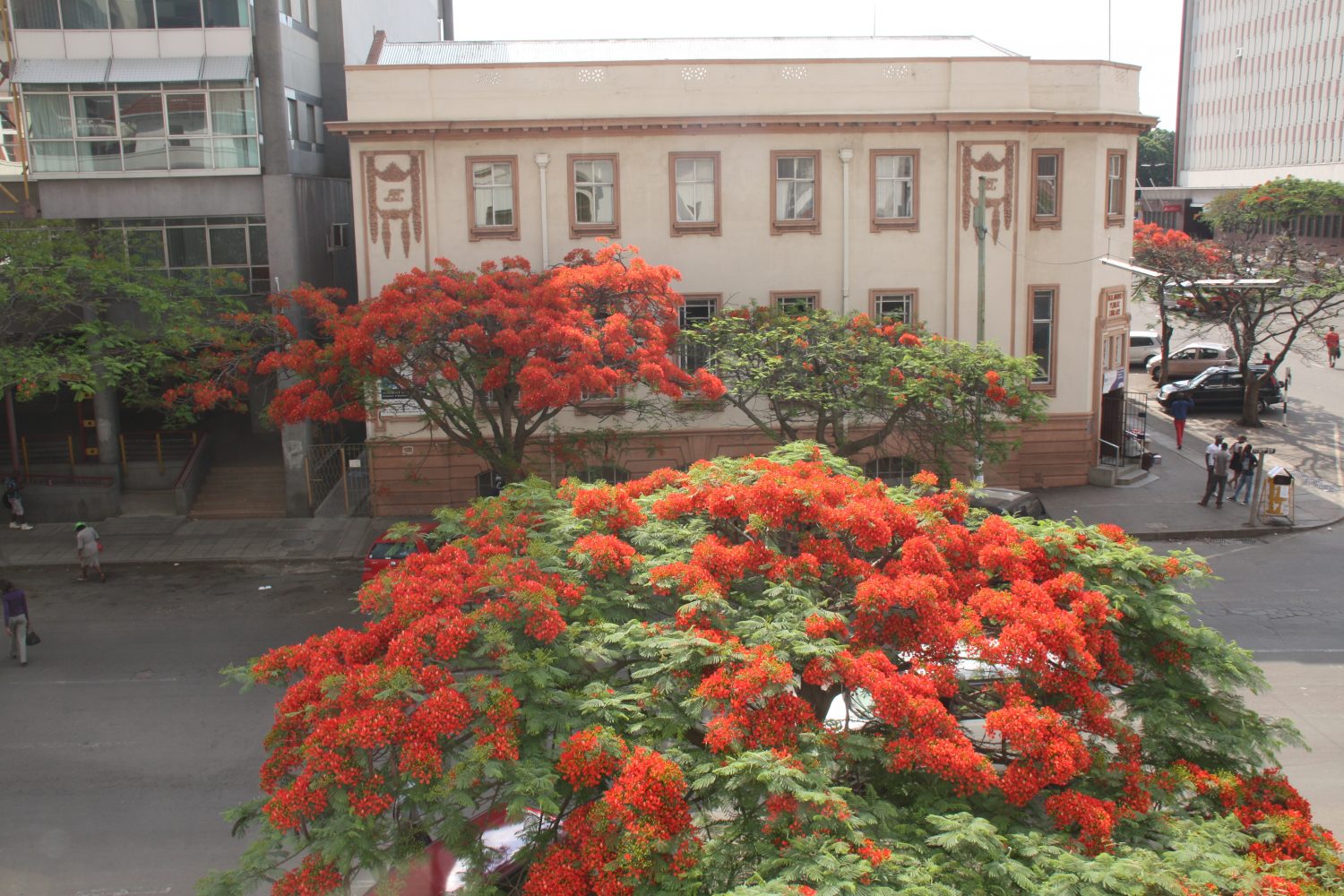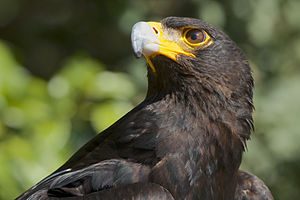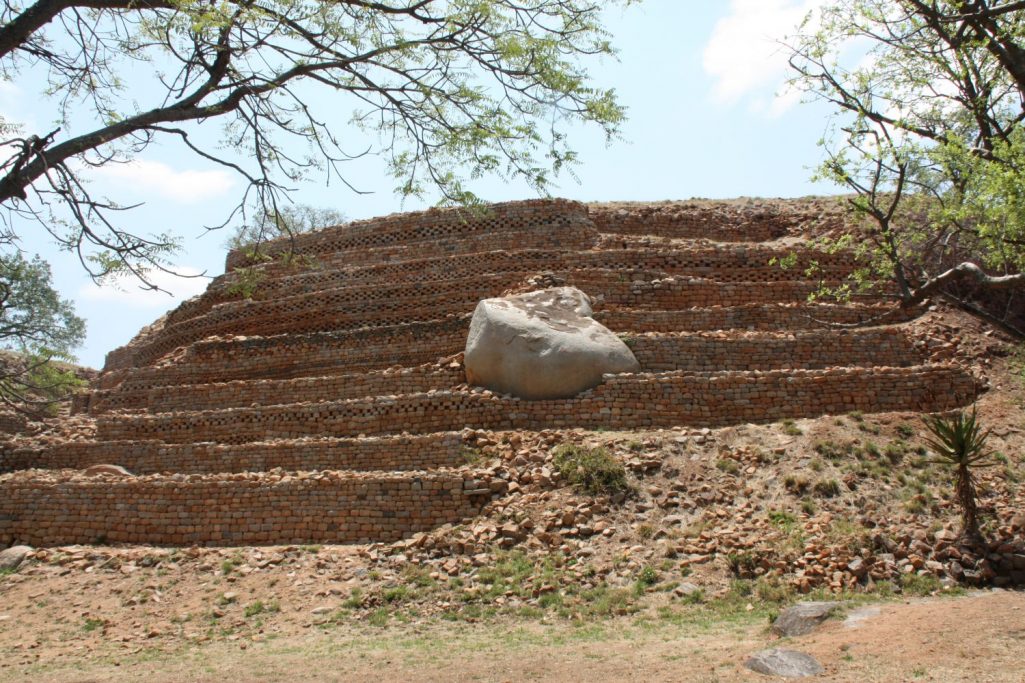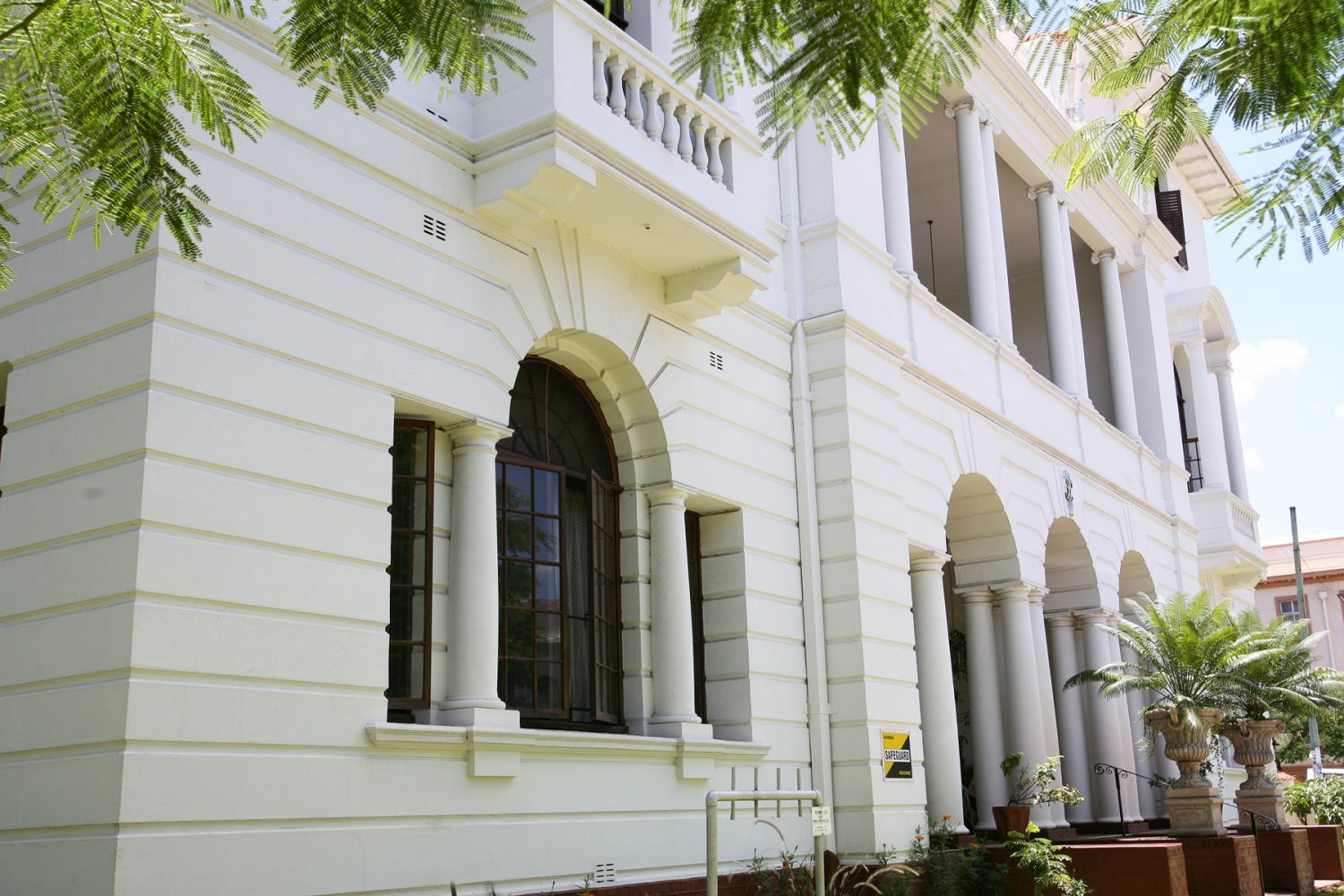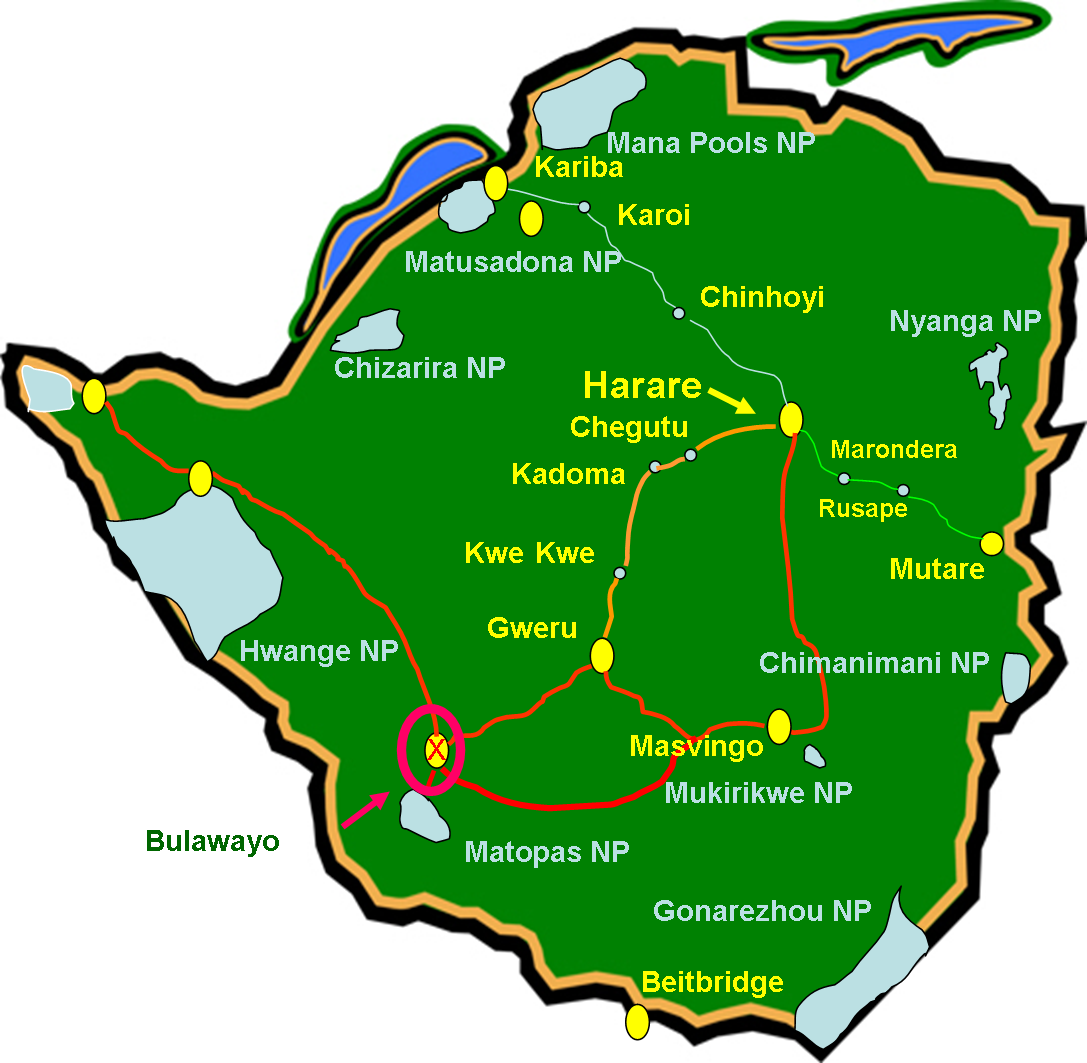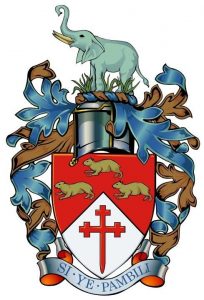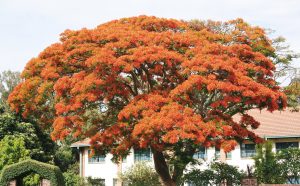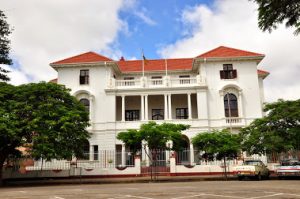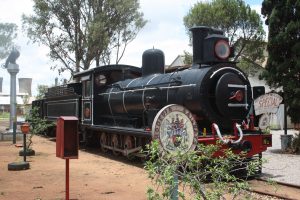City of Bulawayo
Bulawayo, also known as “The City of Kings” is rich in cultural history and is the second largest city in Zimbabwe after the capital, Harare. It is a must see destination for visitors to Zimbabwe and is one of country’s oldest towns. Bulawayo attained town status on 1st June 1894 and had its first Municipal Council of 9 elected members in November 1897. By 1943, due largely to its rapid growth, Bulawayo had attained city status under Proclamation 21 of 1943.
Culturally, historically and commercially Bulawayo has contributed significantly to the development of the country, both pre and post Colonial settlement. Bulawayo was originally the capital of Matebeleland province but is now a province on its own together with Matebeleland North and Matebeleland South.
The Bulawayo area has been a centre of habitation since the Stone Age, making it a unique African City that predates colonial settlement. Located in a key vantage point in Southern Africa, Bulawayo forms the axis of a well planned road and rail network to the north, south, east and west.
Bulawayo is one of the country’s most attractive cities with its purple Jacaranda and red Flamboyant tree lined streets. A feature of the streets, which are laid out in a grid pattern, is their large width which were historically designed to accommodate turning ox wagons. Another notable feature of Bulawayo is its numerous very attractive street lights which the city is justifiably proud of. The rapid development of Bulawayo’s prosperous commercial infrastructure necessitated the generation of power and the street lights were commissioned and installed early in the city’s history.
Despite economic hardships, Bulawayo has remained the regional hub for Southern Zimbabwe and it forms a vital link with the South African border at Beitbridge, Hwange National Park and Victoria Falls, the Matobo Hills (Matopas), Gonarezhou National Park, Gweru and Harare and the remaining regional mining, farming and ranching activities.
Since the very early days of the country’s development Bulawayo emerged as the country’s industrial and manufacturing centre and the city has served as the hub for the country’s rail network with the National Railways of Zimbabwe (formerly Rhodesia Railways) headquartered there because of its strategic position near Botswana and South Africa.
Visitors to Bulawayo and surrounds could comfortably stay for three or four nights as there is so much to do within the vicinity of the city and surrounds. Bulawayo is one of the country’s most attractive cities, with a pleasing mixture of Victorian and modern architecture which gives it a unique character. The National Art Gallery is located in a Victorian era building which also houses a crafts shop, restaurant and several artists’ studios. There are a number of other attractions which includes museums, cultural centres, city tours and visits to ancient ruins, seeing ancient Bushmen art or visiting national parks. See ‘Activities’ and ‘Attractions’ below.
Bulawayo has a proactive Publicity Association which was first established in 1932 to promote and publicise nationally, all aspects of the City of Bulawayo and surrounding districts in commerce and industry, tourism, sport, arts and culture. It provides a personal information service to enquirers and a place of first contact for visitors to the City. Many of the early settlers that came to Rhodesia were from Scotland and they contributed significantly to the development of the country in the fields of education and engineering. Bulawayo is twinned with Aberdeen in Scotland.
From Bulawayo visitors will often visit Gonarezhou National Park and make their way up to Great Zimbabwe and the Eastern Highlands or head west up to Hwange National Park and Victoria Falls.

